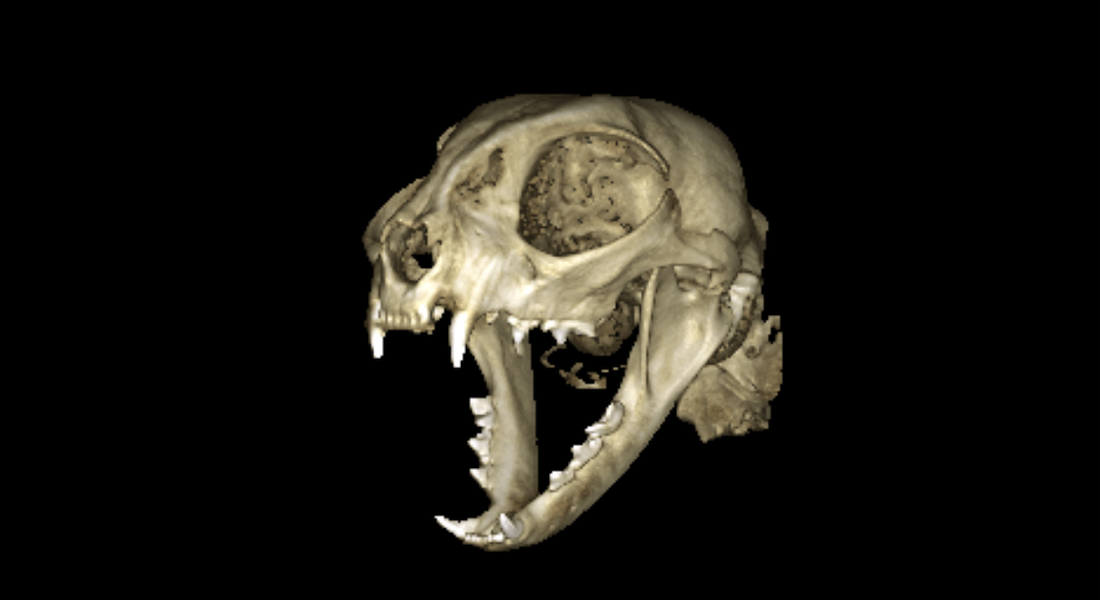Accuracy of three diagnostic tests to detect tooth resorption in unowned unsocialised cats in Denmark

Eriksson, J., Denwood, M., Nielsen, S. S., McEvoy, F., Allberg, C, Thuesen, I. S., & Kortegaard H. (2024)
Journal of Small Animal Practice. John Wiley & Sons Ltd
Abstract
Objectives: To estimate the relative diagnostic sensitivity and specificity of oral clinical examination, full-mouth dental radiography, and cone-beam CT for the detection of tooth resorption in cats, and to estimate the prevalence of tooth resorption in unowned, unsocialised cats in Denmark.
Materials and Methods: Cadavers of 144 adult cats underwent an oral examination, full-mouth dental radiography, and cone- beam CT. Sensitivity and specificity of the three tests, along with the true prevalence, overall and stratified by sex and tooth location, were estimated using latent class methods.
Results: We found cone-beam CT to be the superior image modality, with a sensitivity of 99.5% and a specificity of 99.8%. Dental radiography had a sensitivity of 78.9% and a specificity of 100%, and oral clinical examination had a sensitivity of only 36.0% and specificity of 99.9%. We estimated the prevalence of tooth resorption among unowned unsocialised cats in Denmark to be 40% of adult individuals, and 6.1% of teeth.
Clinical significance: When dealing with tooth resorption, cone-beam CT can help the operator to find and treat affected teeth that could otherwise go undiagnosed. The prevalence of tooth resorption among unowned, unsocialised cats in Denmark does not appear to differ from other populations of cats.
